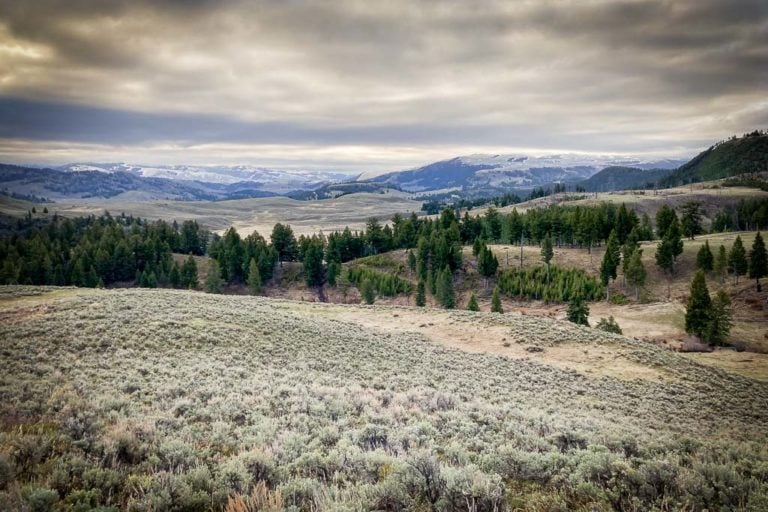5 Wyoming National Parks, Historic Sites & Monuments to Visit
Characterized by sprawling cattle ranches, vast plains, historic travel routes and forts, dusty towns, saloons and the majestic Rocky Mountains, Wyoming epitomizes the classic American West.
This is a place of cowboys and mountain men, bison and grizzly bears, numerous significant Native American sites and the magnificent wildernesses of the Wyoming national parks.
Parts of that cultural heritage, wildlife and landscape is protected by a handful of Wyoming national parks, monuments and other National Park Service sites. This includes some of the greatest national parks in the United States—and in the world.
5 Wyoming National Parks, Historic Sites and Monuments to Visit
This post about the Wyoming national parks, monuments and historic sites contains affiliate links. You can read more about our Terms of Use / Disclosure here.
Fossil Butte National Monument
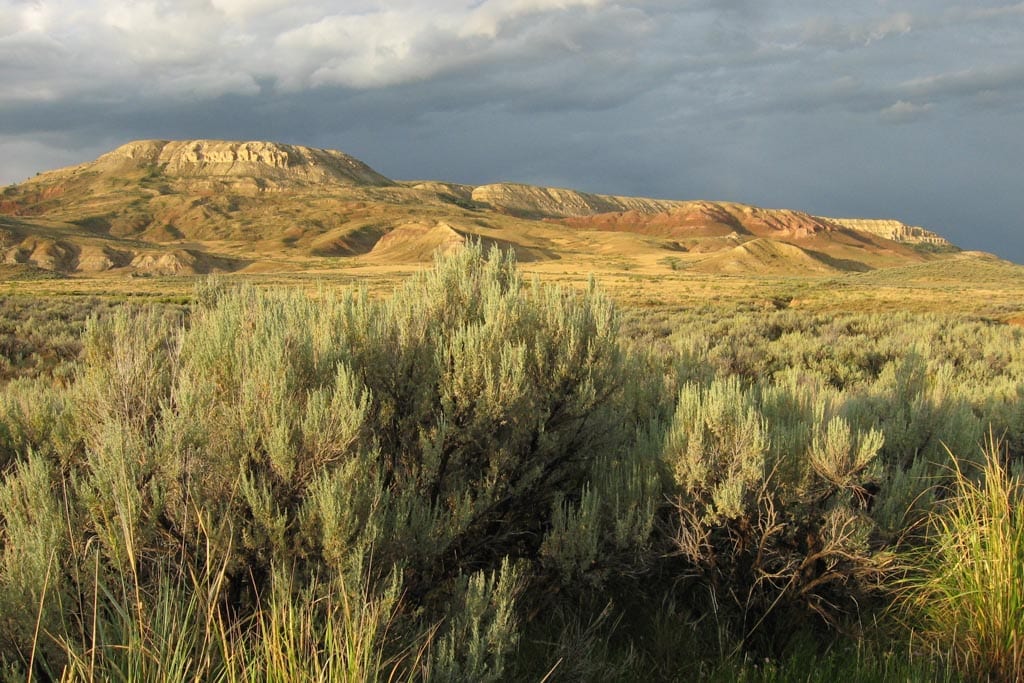
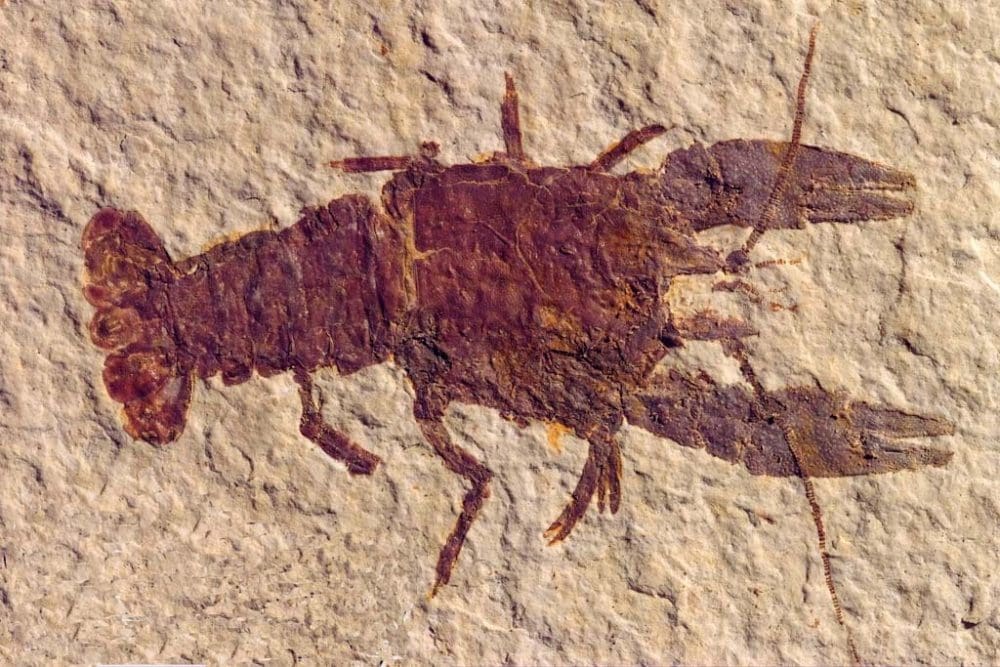
Located in southeastern Wyoming, Fossil Butte National Monument contains an extraordinarily rich collection of fossils from the Eocene Epoch (56 to 34 million years ago).
These fossil deposits stand out for both their diversity and their quality, including several extremely delicate fossils that are rarely preserved in this excellent condition elsewhere on Earth.
The national monument preserves a small part of Fossil Lake, the smallest of three vast lakes that once covered large parts of modern-day Wyoming, Colorado and Utah. Its Green River Formation, which represents the ancient lake bed, contains North America’s—and arguably the world’s—greatest collection of aquatic fossils from the Cenozoic.
Animals that have been found here include turtles, more than two dozen fish species, bats, alligators, snakes and several insects. Its plant record is equally as impressive.
You can explore Fossil Butte National Monument on a wonderful Scenic Drive, as well as on two maintained trails: the 2.5-mile Historic Quarry Trail and the 1.5-mile Nature Trail.
The exhibits at the visitor center are fantastic, showcasing numerous fossils in separate displays like the Flowers Display, the Predator & Prey Display, the Catastrophe Display and the Bird Wall.
Fort Laramie National Historic Site
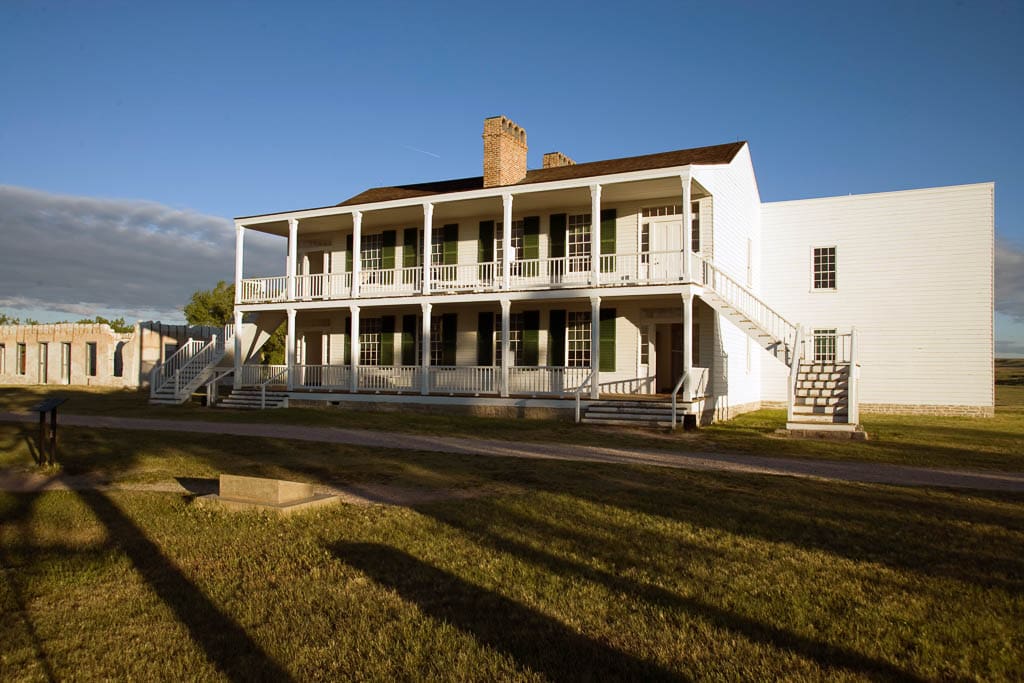
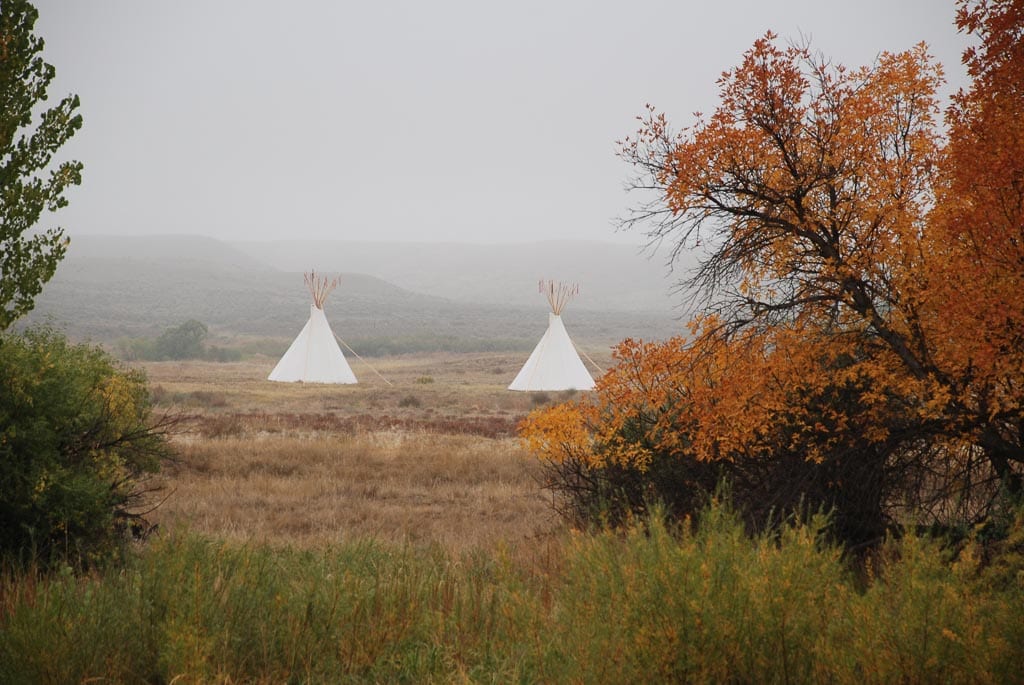
Preserving one of the most important historic sites in the American West, Fort Laramie National Historic Site was witness to the entire era of westward expansion of the United Stated and the Native American resistance.
It’s hard to overstate the sheer historical significance of this former fort. It played a major role in the initial North American fur trade, was a strategic military post a served as a major stopping point for west-bound pioneers on the Oregon Trail.
Located at the confluence of the Laramie and North Platte rivers in southeastern Wyoming, Fort Laramie is named after the French-Canadian Métis voyageur, coureur des bois and fur trapper Jacques La Ramée who settled in the area in 1815-16.
The fort itself was established in 1834 as a private fur trapping post in the wild American interior and sold to John Jacob Astor’s American Fur Company several years later.
The U.S. Army purchased the fort in 1849 to protect the increasingly large numbers of migrants on the Oregon Trail, which ran right by the fort.
As such, Fort Laramie became one of the main landmarks on the historic Oregon Trail, as well as other pioneer trails like the Mormon Trail and California Trail, which split off just west of the fort.
It was quite literally the “crossroads of the national moving west”, as the National Park Service puts it. (See below for more information about those emigrant routes.)
Wagon travelers often spend several days at Fort Laramie resting their animals, replenishing provisions, purchasing supplies, sending mail and repairing their wagons.
Additionally, stagecoach routes, the Pony Express and the transcontinental telegraph line also passed through Fort Laramie.
Later on, the fort played a role in conflicts between the U.S. Army and Native American tribes of the Northern Plains like the Lakota and Northern Cheyenne, particularly during the legendary Red Cloud’s War (1866-1868) and the Great Sioux War (1876-1877).
After the transcontinental railroad was completed, the importance of Fort Laramie is a waypoint for travelers gradually decreased. Migrants began traveling by train rather than wagons and Native American resistance virtually stopped after the two main Indian Wars. It was abandoned in 1890.
Nowadays, managed by the National Park Service, Fort Laramie National Historic Site is one of the most fascinating historical national parks in Wyoming, a must-visit place for anyone interested in American history.
Devils Tower National Monument
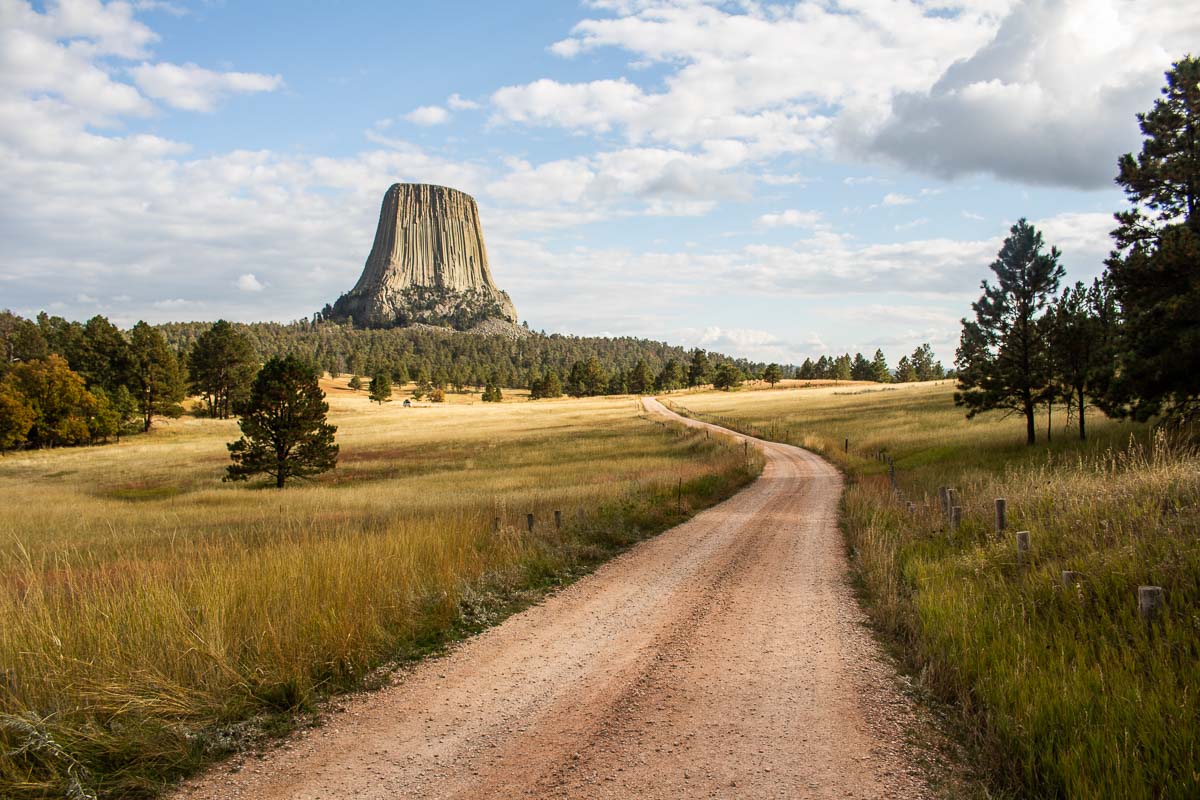
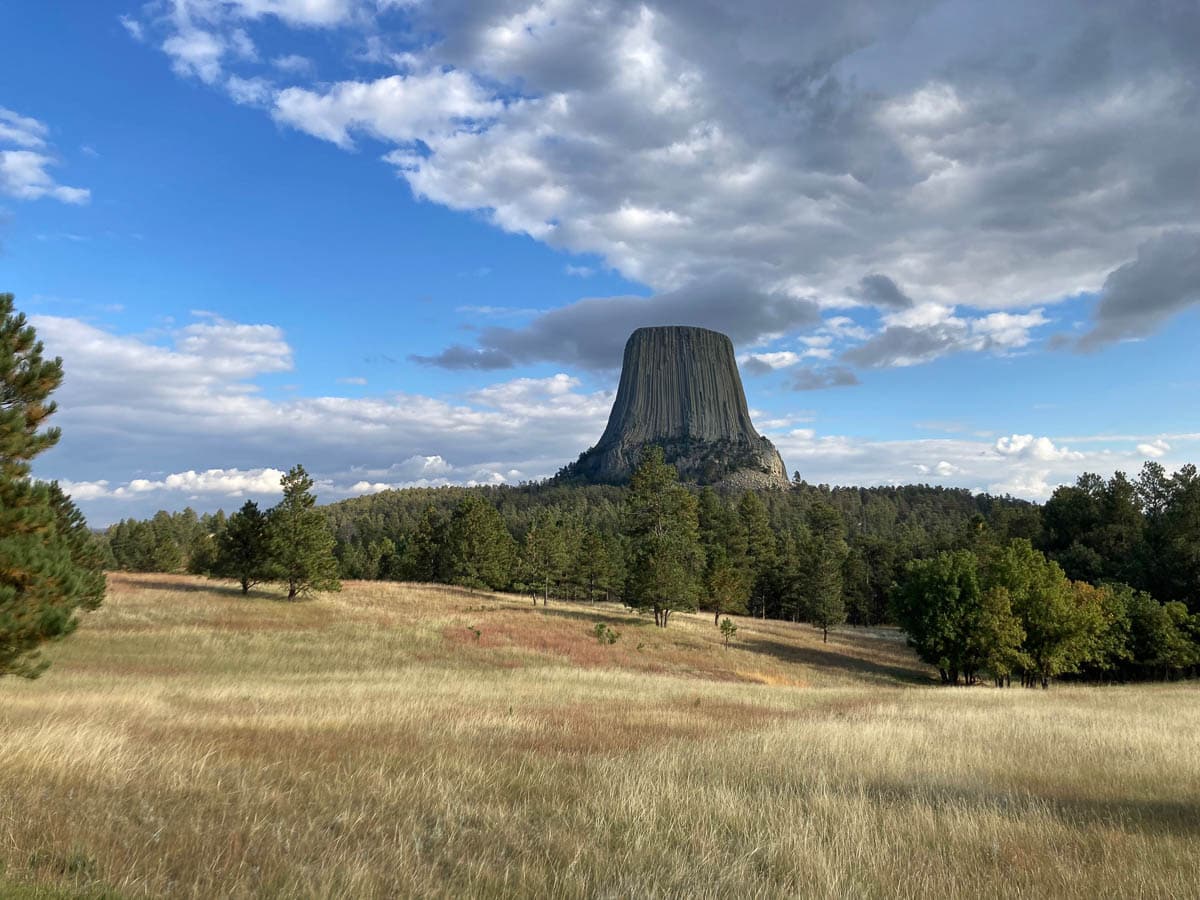
Established by President Theodore Roosevelt through the Antiquities Act in 1906, Devils Tower was the very first national monument in the United States. It is undoubtedly one of the most famous national parks in Wyoming, attracting about half a million visitors each year.
An extraordinarily large butte made up of magmatic rock, Devils Tower rises up abruptly from prairies of the Black Hills in northeastern Wyoming.
It is a sacred place in the Native American cultures of the Northern Plains, including the Cheyenne, Lakota, Kiowa, Arapahoe and Crow, playing a major role in the oral histories of the tribes.
Native American names for the formation can be translated as Bear’s House, Bear’s Tipi, Bear’s Lodge, Home of Bears and Tree Rock.
Hiking trails run around Devils Tower and across the surrounding prairie and forests. Additionally, Devils Tower’s hundreds of parallel cracks make it a popular rock climbing destination, while its star-peppered night sky is one of the greatest in the United States.
Grand Teton National Park
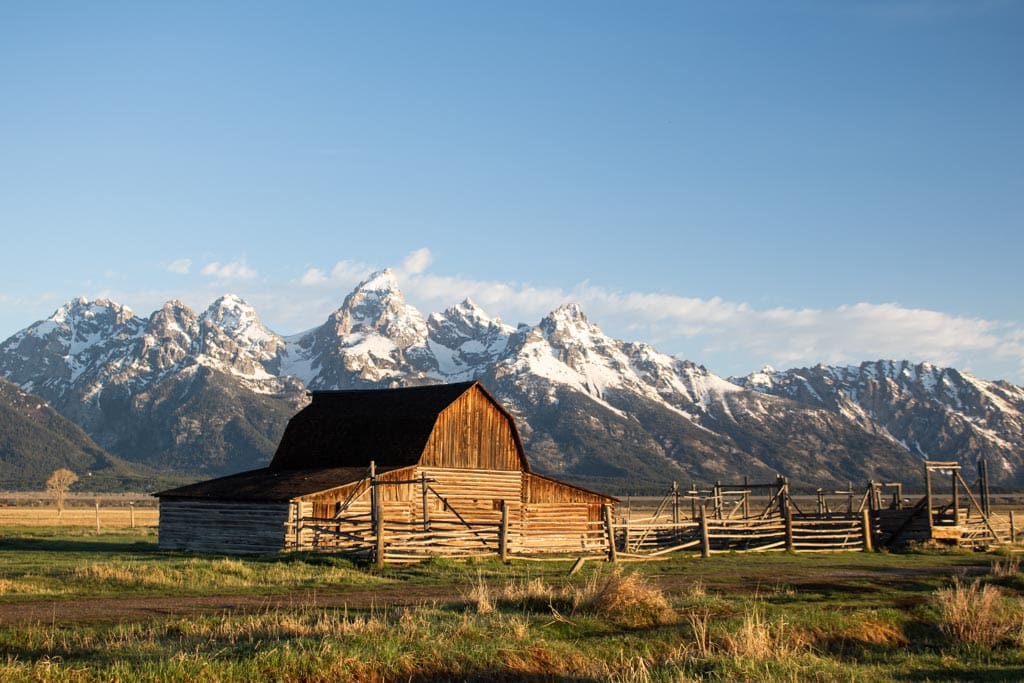
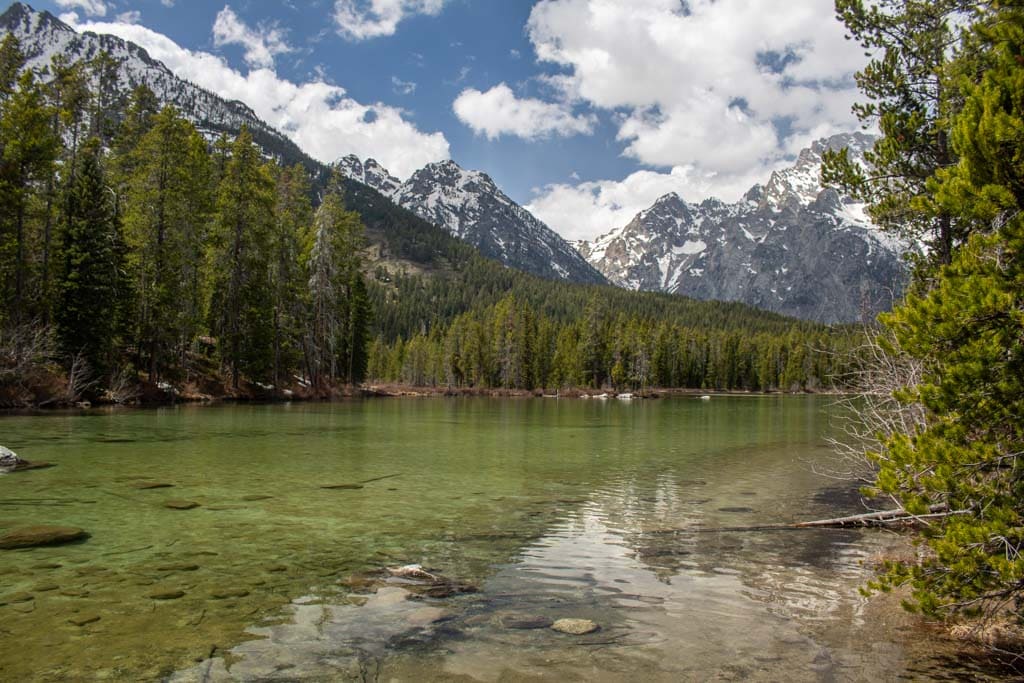
One of the two “actual” national parks in Wyoming, Grand Teton National Park encompasses both the Jackson Hole valley and the majestic Teton Range, together forming one of America’s most scenic national parks.
A series of pristine glacial lakes runs along the foot of the mountains, while the valley is dotted with historic ranches, homesteads and overlooks.
Although you’ll find numerous turnouts and viewpoints along the scenic 42-mile Teton Loop Drive, such as Willow Flats, Oxbow Bend and Blacktail Ponds, this is also a superb park to explore on foot, in a kayak or canoe, or on horseback.
A network of hiking trails runs along scenic lakeshores, across sagebrush meadows, through conifer forests and deep into the wilderness of the Grand Teton canyons.
Wildlife encounters are quite common here, the park being home to everything from American bison, pronghorn, moose and elk to black and grizzly bears.
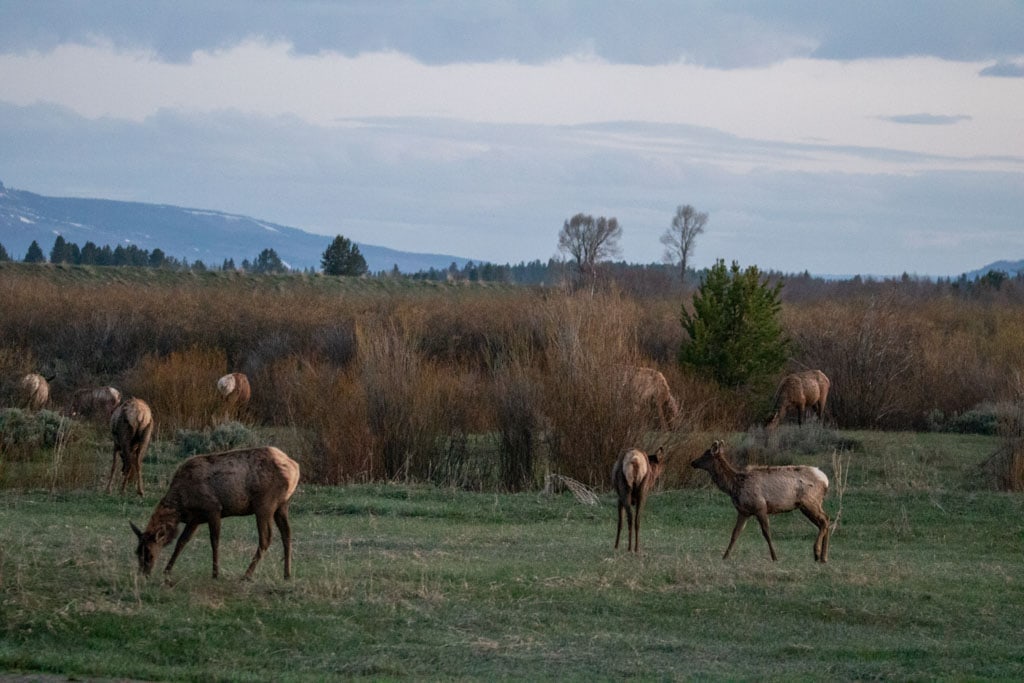
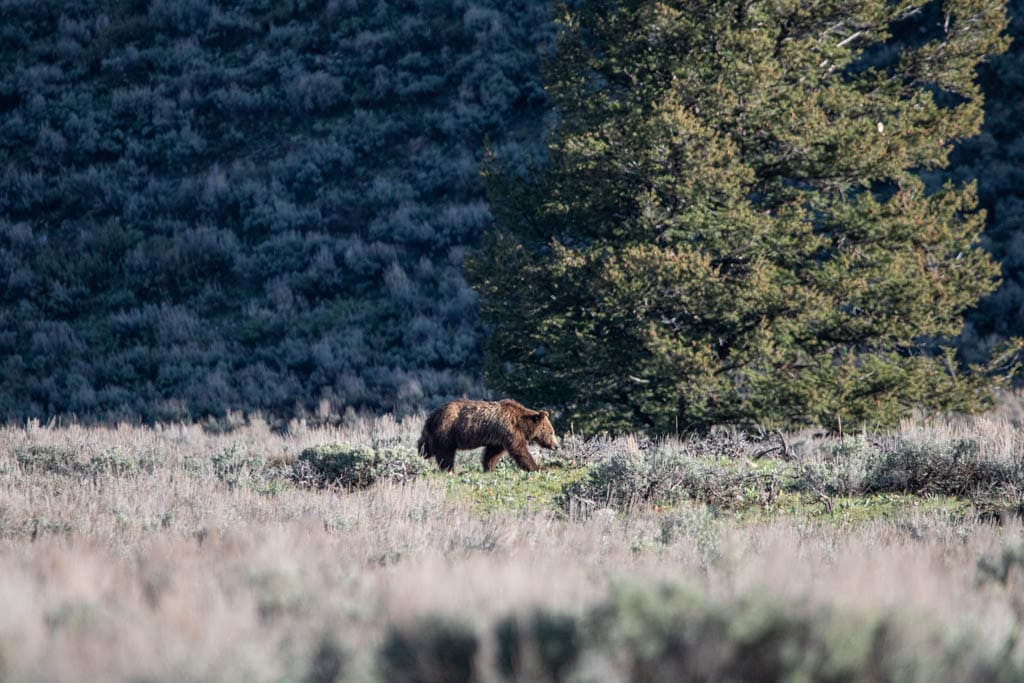
The first Europeans who explored what is now Grand Teton National Park were lonely French fur trappers. These hardy wilderness wanderers clearly missed female attention, naming the mountains’ three main peaks “les trois tétons”—the three breasts.
Later on, settlers established ranches and homesteads in Jackson Hole, the most famous of which are found along Mormon Row. The historic Chapel of the Transfiguration near Moose is renowned for the window behind its altar, which beautifully frames the Grand Teton peaks in the background.
One of the most spectacular and easiest-to-explore national parks, Grand Teton National Park allows you to hike in mountains, kayak on a lake, see bison and bears, and indulge in bison steak or wild game chili, all in the same day.
Yellowstone National Park
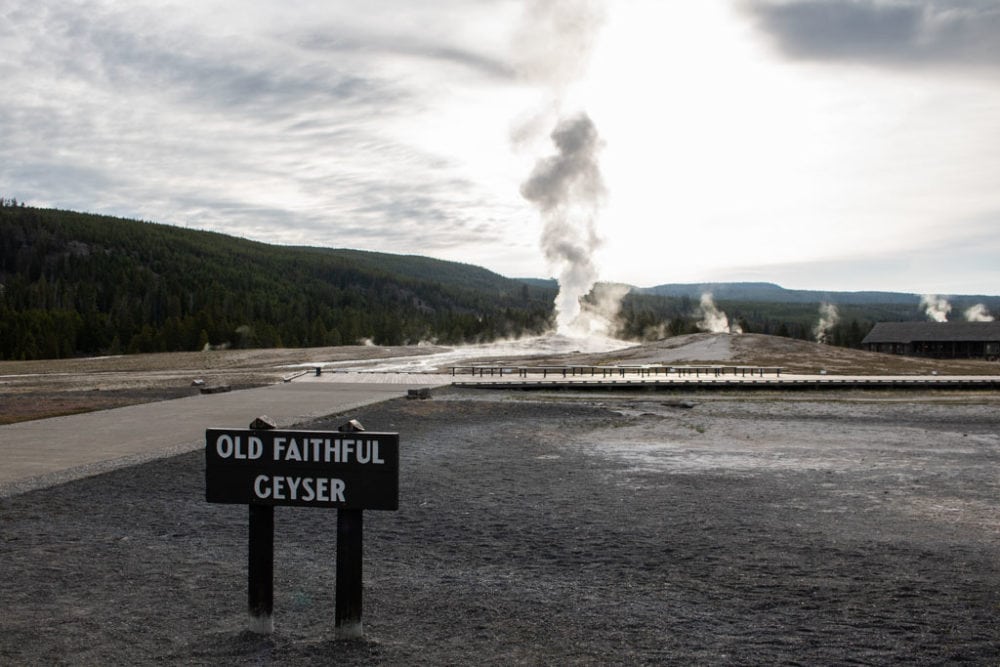
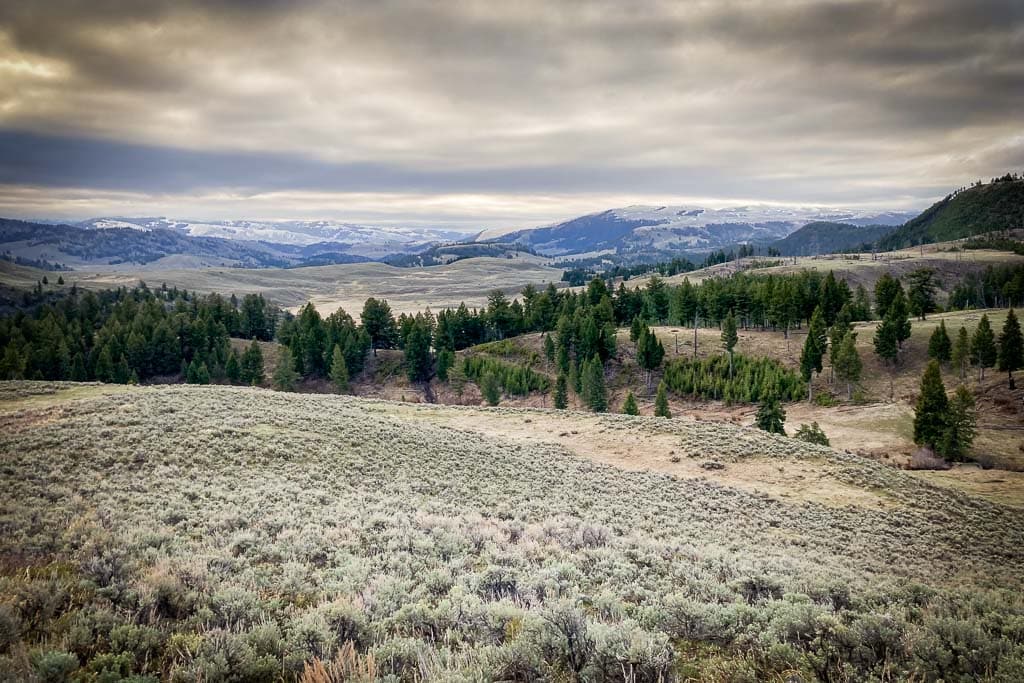
The world’s oldest national park and a UNESCO World Heritage Site, Yellowstone National Park is the crown jewel of Wyoming national parks.
The park is home to over 10,000 hydrothermal features, from geysers to fumaroles to hot springs, more than the rest of the world combined. The park is also a refuge for an abundance of megafauna, including bison, grizzly bears, moose, bighorn sheep, elk and gray wolves.
In the middle of Yellowstone National Park, a gigantic volcano slowly breathes—it literally rises and falls. The Yellowstone Volcano erupted about 650,000 years ago, leaving behind a massive 30-by-45-mile caldera.
This volcanic activity still fuels and powers the countless volcanic features for which the park is so famous.
It is those unique features of Yellowstone, especially hot springs and iconic geysers like Old Faithful, that made the U.S. Congress set aside Yellowstone as America’s and the world’s first national park in 1872.
You can explore a number of different geyser basins around Yellowstone. Those include the Norris Geyser Basin, the Lower, Midway and Upper Geyser Basins (which is home to Old Faithful), and the West Thumb Geyser Basin.
Mammoth Hot Springs in the northwest is home to stunning travertine terraces created by myriad hot springs.
Yellowstone Lake, on the other hand, is the largest high-elevation lake in the United States. Ice covers this huge body of water about half of the year, while underwater geysers and hot springs keep some pockets ice-free.
Flowing north from Yellowstone Lake, the Yellowstone River meanders through the wildlife-rich Hayden Valley before dropping spectacularly into the Grand Canyon of the Yellowstone at the Lower Falls.
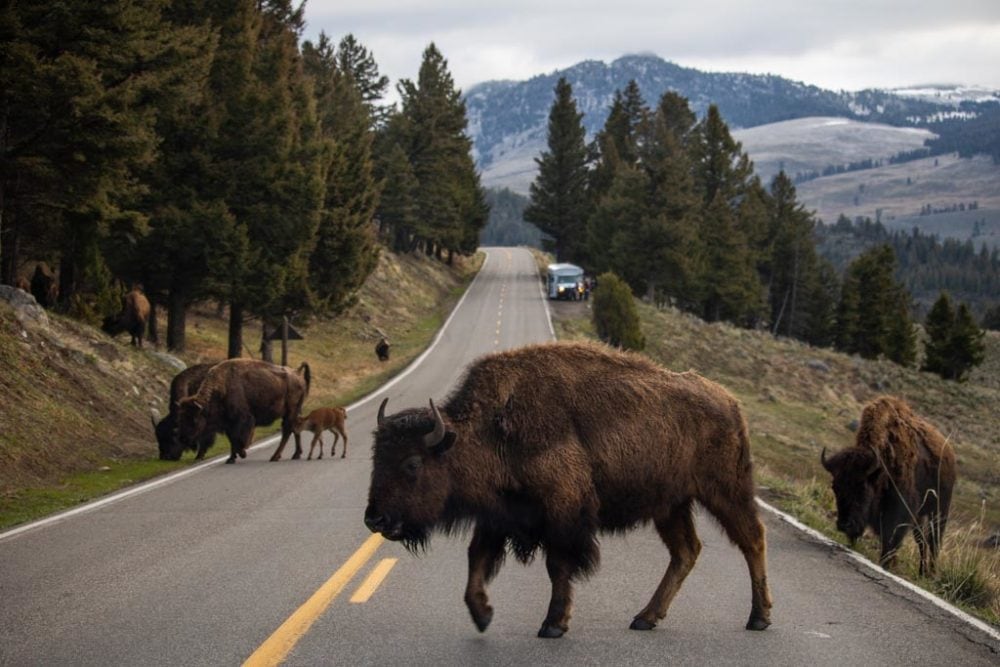
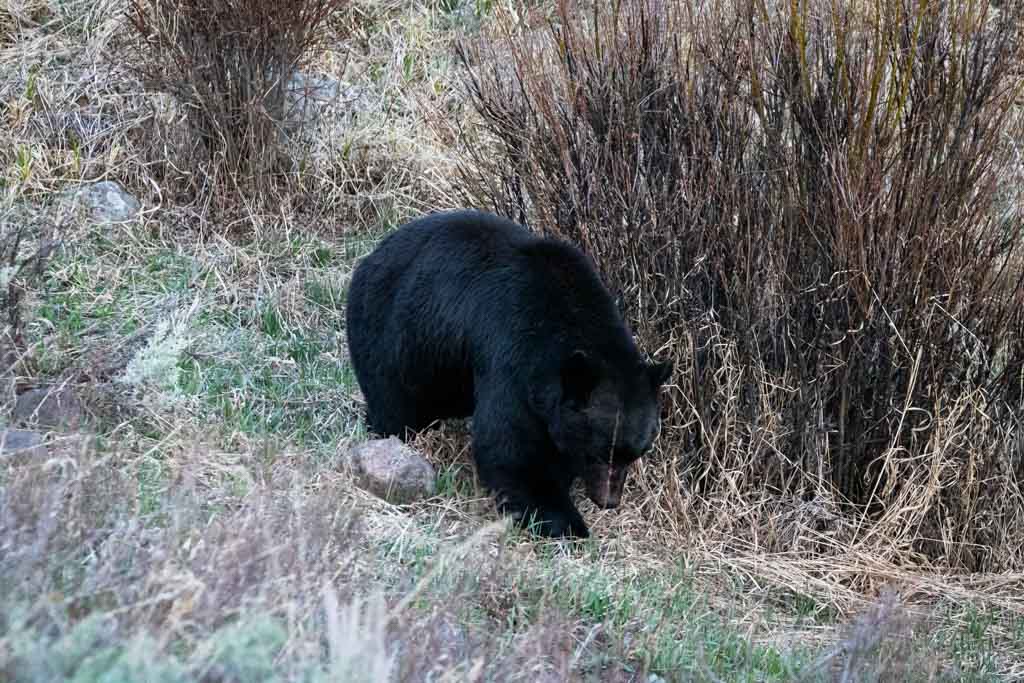
In Yellowstone National Park’s wildlife-rich Northern Range, the sprawling Lamar Valley is often referred to as the “American Serengeti.”
Here, visitors can see the largest herds of wild elk and bison in the United States—Yellowstone is the only place in the country where bison have lived continuously since prehistoric times—as well as pronghorn, black bears and grizzly bears, and wolves, which were reintroduced in the park in the mid-1990s.
Other Wyoming National Park Service Sites
In addition to the Wyoming national parks, monuments and historic site above, there are several other National Park Service sites in Wyoming.
One is a stunning national recreation area, while the rest are all national historic trails. After all, Wyoming was at the forefront of the great westward migration of the 19th century, crossed by a wide variety of people, from Mormons and gold miners to Oregon Trail travelers and Pony Express mailmen.
See a brief overview of those other national park sites in Wyoming.
Bighorn Canyon National Recreation Area
“The vast, wild landscape of Bighorn Canyon National Recreation Area offers visitors unparalleled opportunities to immerse themselves in the natural world, and experience the wonders of this extraordinary place. With over 120,000 acres, one can find an astounding diversity in ecosystems, wildlife, and more than 10,000 years of human history to explore.” – National Park Service
More information: https://www.nps.gov/bica/index.htm
California National Historic Trail
“Follow in the footsteps of over 250,000 emigrants who traveled to the gold fields and rich farmlands of California during the 1840s and 1850s: the greatest mass migration in American history. The California National Historic Trail is over 5,000 miles long and covers portions of 10 states. Step into history along more than 1,000 miles of ruts and traces from travelers and their overland wagons.” – National Park Service
More information: https://www.nps.gov/cali/index.htm
Mormon Pioneer National Historic Trail
“Explore the Mormon Pioneer National Historic Trail across five states to see the 1,300-mile route traveled by Mormons who fled Nauvoo, Illinois, to the Great Salt Lake Valley in 1846-1847.” – National Park Service
More information: https://www.nps.gov/mopi/index.htm
Oregon National Historic Trail
“Imagine yourself an emigrant headed for Oregon: would promises of lush farmlands and a new beginning lure you to leave home and walk for weeks? More than 2,000 miles of trail ruts and traces can still be seen along the Oregon National Historic Trail in six states and serve as reminders of the sacrifices, struggles, and triumphs of early American settlers.” – National Park Service
More information: https://www.nps.gov/oreg/index.htm
Pony Express National Historic Trail
“It is hard to believe that young men once rode horses to carry mail from Missouri to California in the unprecedented time of only 10 days. This relay system along the Pony Express National Historic Trail in eight states was the most direct and practical means of east-west communications before the telegraph.” – National Park Service
More information: https://www.nps.gov/poex/index.htm

